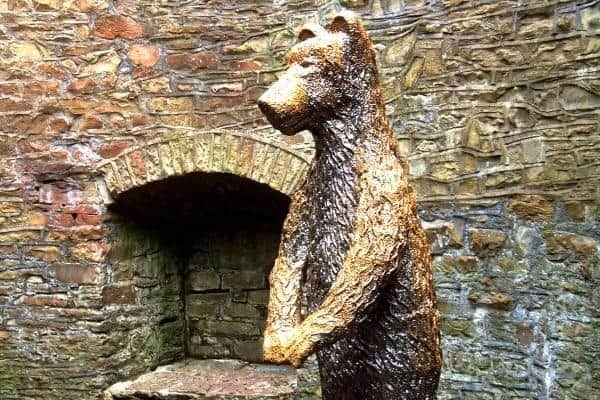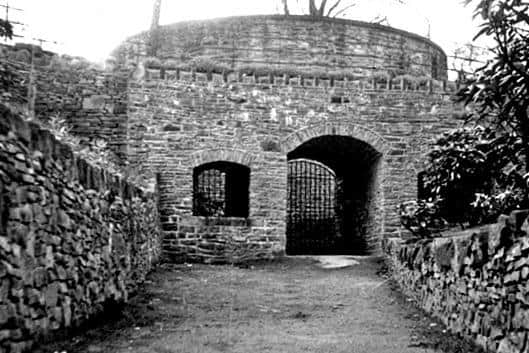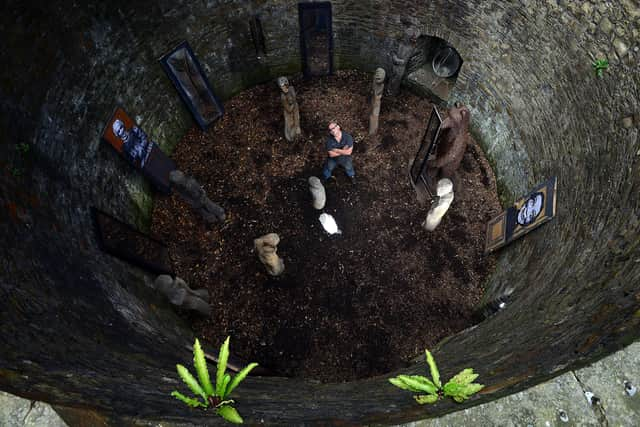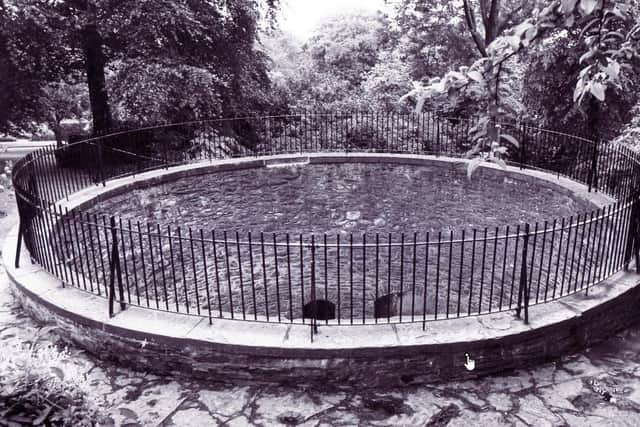Bears once lived in Sheffield Botanical Gardens - but they didn't kill a child
and live on Freeview channel 276
Alison Hunter is the historian for the Friends of the Botanical Gardens, Sheffield and has been researching the history of the gardens since 2006, including the story of the bears once kept in the bear pit – and the tale that they killed a child.
She said the Sheffield Independent reported the first black bear was present at the opening of the Gardens in July 1836, along with “a deer, a fox, a tribe of monkeys, a number of parrots and two fine eagles”.
Advertisement
Hide AdAdvertisement
Hide AdAfter a visit on May 27, 1839, famous landscape gardener J C Loudon said “the filth, stench, roaring and howling, and other annoyances… are inconsistent with the repose which is essential to a botanic garden”.


In June 1848 the Independent reported that the bear pit, “which had long been used only as a store for lumber had been laid out and planted” by John Law, who was curator from 1846 to 1858, changing “an unsightly place into a pleasant and cool summer retreat”.
John Law had been employed by Sir Henry Hunloke of Wingerworth Hall before he became curator.
Alison said: “Sir Henry was rather an eccentric gentleman who owned an extensive menagerie and in 1855 he donated two brown bears to the Gardens and so there were new occupants in the bear pit. Sir Henry died in 1856.”
Advertisement
Hide AdAdvertisement
Hide AdAt the 1855 annual meeting comments were made about the Gardens being “sunk as low as possible by being bear and balloon gardens”. At the 1856 AGM the bears were described as a “useless expense”.


John Law was forced to resign on August 16, 1858 after upsetting the management committee.
The next curator was John Ewing, former head gardener at Osberton Hall, Worksop, who took up his duties on December 1, 1858 and quickly set about making improvements.
Alison said: “I was puzzled by the fact that I could never find anything else about the bears after 1857.


Advertisement
Hide AdAdvertisement
Hide Ad“Recently a chance find by my colleague Jill Sinclair, former chair of the Friends of the Gardens, shed light on the situation.
“She discovered a small advertisement offering the two bears for sale (Sheffield Daily Telegraph, February 19, 1859) – very soon after John Ewing took charge.
“So where does the story of the child being killed come from? It was Hannah Ewing, granddaughter of John Ewing, who started the myth (Sheffield Daily Telegraph, March 24, 1932).
“She stated that “the reason that the bears were removed was that one day a nursemaid was holding up a baby to look at them and one of the bears snatched it and it was killed”. This is obviously untrue but may well be a misremembered childhood story.”


Advertisement
Hide AdAdvertisement
Hide AdAlison added: “J Edward Vickers claimed the event happened in 1870 in his A Popular History of Sheffield (1978). However, Robert Eadon Leader’s Reminiscences of Old Sheffield, published in 1875, does not mention it – although several other bear stories appear. Other people have picked the legend up and thus it has continued.”
A message from the Editor:
Thank you for reading this story on our website. While I have your attention, I also have an important request to make of you.
With the coronavirus lockdown having a major impact on many of our advertisers - and consequently the revenue we receive - we are more reliant than ever on you taking out a digital subscription.
Subscribe to The Star website and enjoy unlimited access to local news and information online and on our app. With a digital subscription, you can read more than 5 articles, see fewer ads, enjoy faster load times, and get access to exclusive newsletters and content.
Advertisement
Hide AdAdvertisement
Hide AdVisit https://www.thestar.co.uk/subscriptions now to sign up.
Our journalism costs money and we rely on advertising, print and digital revenues to help to support them. By supporting us, we are able to support you in providing trusted, fact-checked content for this website.
Thank you
Nancy Fielder, editor
